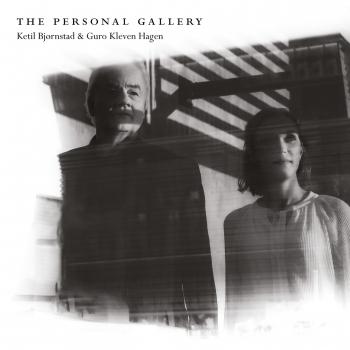Ketil Bjørnstad & Guro Kleven Hagen
Biography Ketil Bjørnstad & Guro Kleven Hagen
Ketil Bjornstad
Even before we moved to Frogner Plass in 1967, I liked going out at night. Especially in the autumn, when the wind was blowing and leaves were falling from the trees, but also during the winter, spring and summer nights, often in the streets of Oslo, or near one of the cottages at Eftang, a coastal paradise between Sandefjord and Larvik, where a young girl I was very interested in used to go on holiday with her family. Knut Hamsun wrote the novel Dreamers, and I was no doubt then, as I am now, a dreamer who absorbed all my impressions from nature, where I spent time alone and had thoughts I could not entirely understand myself. Besides, music was my constant companion. When Frogner Park became my nearest neighbour in 1967 and the following years, I walked amongst Gustav Vigeland’s sculptures up to the Monolith, the highest point in the park, where the human bodies carved in stone climb upwards, ever upwards: a further development of Munch’s Human Mountain, which Munch was displeased that his colleague copied. But there, at the top of the park, I had a view over the city, the spire of Uranienborg Church and the hill of Ekeberg. I could look out over the fjord as far as Nesodden and watch the lights of the last flights landing at Fornebu, the old, atmospheric airport with a runway that continued all the way out into the water. What did I do up there at that lookout point, often all alone? Just a solitary nightwalker.
I often dream that I still walk at night, but mostly in the landscape of music.
January 2023 arrived. The snow arrived. Catharina went out into our garden by Bunnefjorden and took a photo of the young blackbird that was perched in a fruit tree, whose beak had not yet turned yellow. For me this was a greeting from the past, from Brahms, from Frogner Plass and Frogner Park from those days. Blackbird singing in the dead of night…











